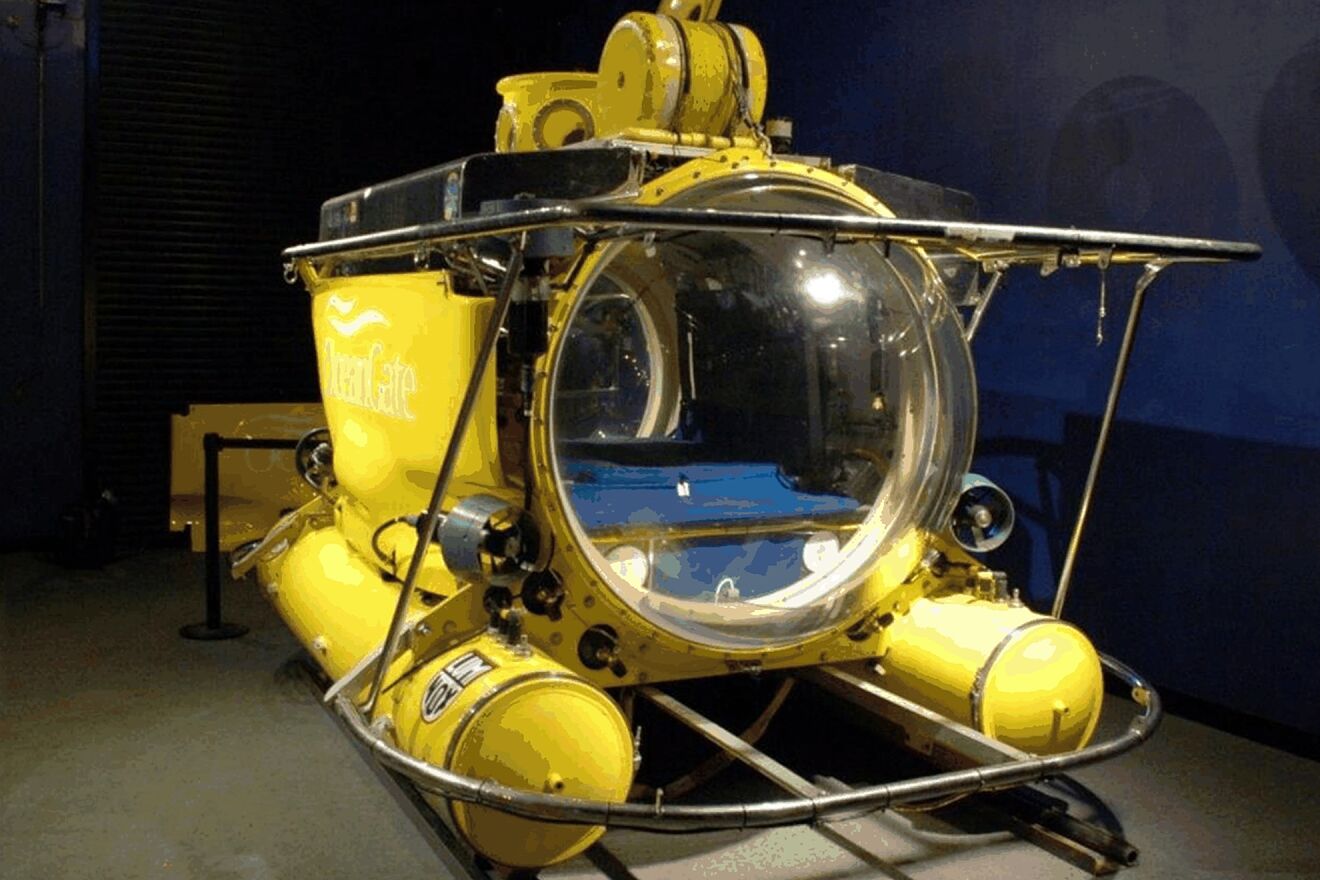
antipodes (pre-built submersible)
2009
Stockton Rush and Guillermo Söhnlein found Oceangate, with the goal to "create a fleet of 4 to 5 deep diving submersibles capable of carrying 5 people, available for charter anywhere in the world and with no dedicated mothership".
source: Guillermo Söhnlein's testimony


Guillermo and Stockton found Oceangate
In 2009, Oceangate purchased pre-built and classed submersible, the Antipodes. However, it was only classed for up to 300 meters. They called it their "training wheels" sub, because it did not fill the deep-diving goals of their company.
source: Guillermo Söhnlein's testimony


2010
While operating Antipodes, they encountered their first road block: submersibles have to fit into one of following 3 categories to take paying passengers aboard: 1) adhere to very strict rules from the coast guard written specifically around the Atlantis Submarines, 2) a personal use vessel that only allowed the owner and non-paying guests aboard, 3) an Oceanagraphic Research Vessel (ORV) that only allowed the owner, crew, and marine researchers aboard. Even this classed, steel-hulled vessel didn't fit into any of those.
source: Guillermo Söhnlein's testimony


They also began talking to sub builders about how they could acquire submersibles--however, their business requirements (5 passengers, no dedicated mothership) conflicted with any existing subs. This is because pressure hulls are generall too small to fit 5 passengers, and too heavy to be transported without extremely specific equipment onboard of their transport ship.
This is where carbon fiber entered the conversation: hypothetically, it could create a pressure hull that was larger, but more lightweight at the same time.
source: Guillermo Söhnlein's testimony


2012
In 2012, they moved to Miami and started experimenting with a business model that would eventually lead to the "Mission Specalist" roles. They registered the Antipodes as an ORV, and passengers would purchase a course from them to be considered "pilots" or "crew" and allowed on board the submersible. The coast guard reviewed this proposal and still found it to be "passenger for hire".
Shortly after this, they shut down operation in Miami and decided to stop diving the Antipodes, shifting focus to building their own submersible design.
source: Guillermo Söhnlein's testimony


2013
Söhnlein steps down as CEO and leaves the company with Stockton. According to Söhnlein, this was because Stockton had an engineering background and the investors were mostly Stockton's friends.
source: Guillermo Söhnlein's testimony


Guillermo Söhnlein departs Oceangate
APL (the applied physics lab at university of washington) and Oceangate begin working together. APL would provide engineering capabilities until they were able to staff up their own internal engineering team, which was a service they provided to multiple companies. The APL team was headed up by Dave Dyer.
source: Dave Dyer's testimony.

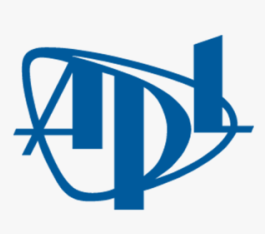
APL and Oceangate begin working together.
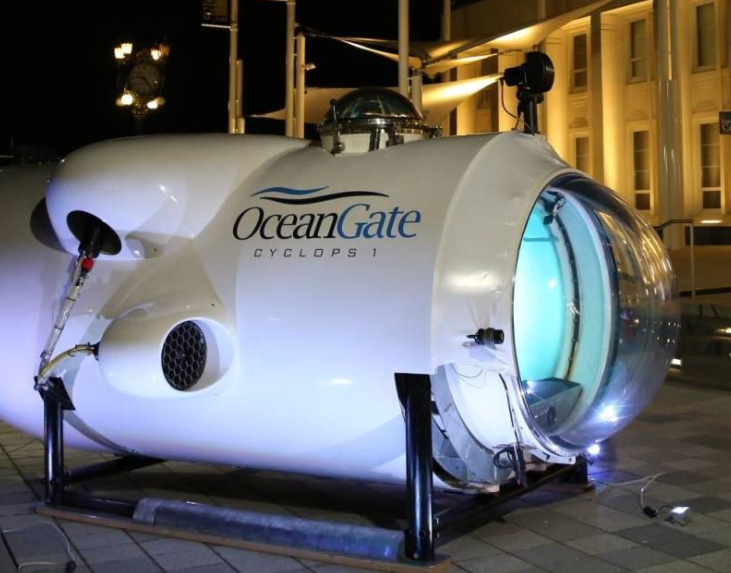
cyclops 1 (pre-built hull)
2014
Oceangate purchased another pre-built and classed submersible, Lula, and extracts the hull to build a "practice submersible", Cyclops 1.
source: Guillermo Söhnlein's testimony
source: PRN


2015
David Lochridge is brought into the company as an independent contractor. He is led to believe the company has a fully classed submersible, but finds the Cyclops 1 has been so heavily modified that only the pressure hull remained in class guidelines.
source: David Lochridge's testimony, part 1

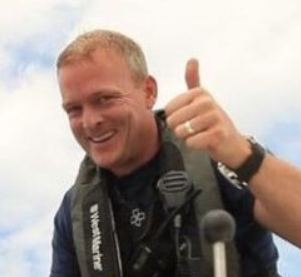

David Lochridge joins Oceangate
2016
David Lochridge is made a full time employee. He begins to develop a training protocol for other pilots, but is disturbed when he learns that the intention of the company is to make it possible to "qualify pilots in one day". Presumably as a possible way to certify paying "Mission Specialists" as crew instead of passengers.
source: David Lochridge's testimony, part 1



Tony Nissen applies for an engineering tech job, but is given the role of Engineering Director.
source: Tony Nissen's testimony, part 1


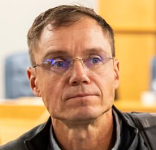

Tony Nissen joins Oceangate
Between spring and summer of 2016, Oceangate began to cut ties with the Applied Physics Lab. Tony Nissen did not get along well with Dave Dyer and personally pushed for this change.
Despite the split, Oceangate would continue testing at University of Washington's facilities for the next few years.
source: David Lochridge's testimony, part 1
source: Tony Nissen's testimony, part 1
source: Dave Dyer's testimony.




APL and Oceangate no longer working together
There was a dive to the Andrea Doria wreck summer of 2016, where Stockton decided last minute he wanted to act as pilot instead of David Lochridge. Stockton landed too close to the wreck, and they became stuck underneath some of the wreck debris. Lochridge was finally able to gain the controls and navigate them out of the situation, but after this incident Lochridge was removed from any communication about the Titan project and his relationship with Stockton became hostile.
source: David Lochridge's testimony, part 1
source: David Lochridge's testimony, part 2
As a side note, the inclusion of civilian passengers on this dive set off red flags for another employee, Matthew McCoy. He had a background in enforcing regulation around passenger vessels, and grew suspicious that Oceangate's business plan involved skirting these regulations. He confronted Stockton, bringing up his concerns about operating without a Certificate of Inspection (COI). Stockton replied, "I'll buy a congressman and my problems will go away". McCoy left the company because of this incident.
source: Matthew McCoy's testimony



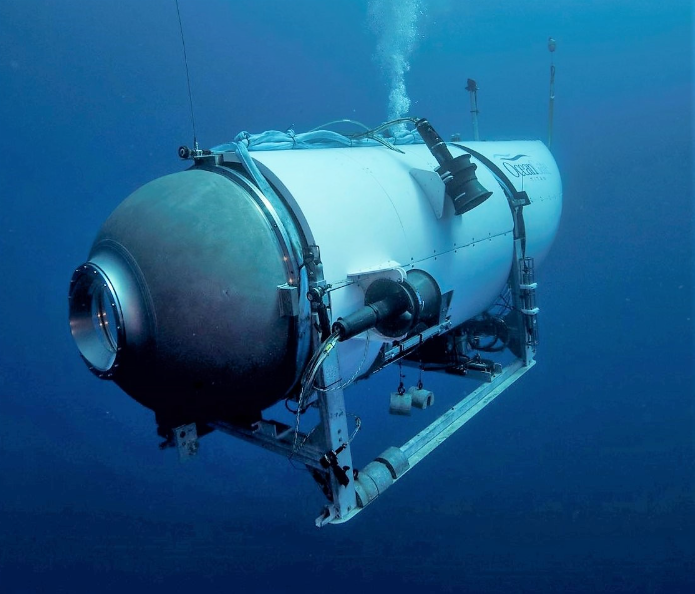
Cyclops 2 (AKA Titan) - hull 1
Physical production on Cyclops 2 (AKA Titan) begins in 2016. It is the first submersible with a hull designed and built by Oceangate.



2017
Parts of the Titan submersible begin to arrive at Oceangate offices in Everett, WA, for assembly. Many employees noticed defects and flaws in the submersible's design. Lochridge was very vocal about his concerns about the integrity and safety of many of the submersible pieces, especially because Stockton planned to test dive the submersible himself, and they were already selling tickets to Mission Specialists.
source: David Lochridge's testimony, part 2
source: David Lochridge's testimony, part 3
source: Tym Catterson's testimony, part 1



Bonnie Carl applies for a bookkeeping job, but is hired as head of Finance and HR. She also begins training with Lochridge to be a submersible pilot.
source: Bonnie Carl's Testimony



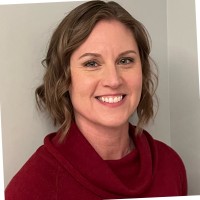
Bonnie Carl joins Oceangate
2018
Stockton instructs David Lochridge to do a thorough quality inspection report of the Titan. Over the course of 2 weeks in January, Lochridge completes a 67-page document expressing all his concerns, which he goes over in detail in his testimony.
source: David Lochridge's testimony, part 2
Shortly after Lochridge submitts his quality inspection report, he is called into a meeting with all other department heads of the company to discuss his report. The call lasts for 2 hours, and ends with Lochridge being fired. The call is available to listen to in full.




David Lochridge leaves Oceangate
The fabricator of Oceangate's viewport window, Hydrospace Group INC, reached out to independent contractor Kemper Engineering Services during window production to review the viewport's safety based on design alone. KES found the design to be extremely lacking and prone to failure. Despite the negative review from KES, the window was used in the submersible for the entirety of its operation.
source: Bart Kemper's testimony - part 1, 2, 3
David Lochridge and Bonnie Carl had been concerned about this design and wanted to see the report, but Tony Nissen had refused to share it with them.
source: Bonnie Carl's Testimony



Accountant and pilot trainee Bonnie Carl quits in February of 2018, citing her shared safety concerns with Lochridge.
source: Bonnie Carl's Testimony



Bonnie Carl leaves Oceangate
In spring of 2018, the submersible was brought to the Bahamas to do test dives and was allegedly struck by lightning. Because the electronics in the device all had to be changed out, Oceangate was forced to cancel their summer passenger charters. Despite being struck by lightning, no tests or repairs were made to the hull.
source: Tony Nissen's Testimony, part 1


Tony Nissen noticed discrepancies in the strain gage data on the hull during testing in August of 2018, which prompted him analyze the data and write a report. His report concluded that the carbon fiber hull was flexing 37%-45% more than expected under pressure. Despite the findings that were clearly at odds with their baseline expectations, no corrections or modifications were made to the hull.
source: Tony Nissen's Testimony, part 2


2019
Testing continued over the next year, as the accoustic and strain sensors were still giving unfavorable results. After one of the test dives in 2019 a crack in the hull was identified, rendering the hull unusable. The discovery of this crack and scrapping of the first hull caused a "Mission Specialist" Titanic Dive set for that summer to be cancelled.
However, Oceangate never told its customers that the hull had failed or had to be replaced; they claimed the reason for the dive's cancellation was "Loss of a Support Vessel".
This incident caused Tony Nissen to be fired; Stockton claimed the board said Nissen "should have known this would happen" and that "one of them had to go, and it's not going to be me [Stockton]".
source: Tony Nissen's Testimony, part 2


Tony Nissen leaves Oceangate
Cyclops 2 (AKA Titan) - hull 2
A new carbon fiber hull is comissioned and quiety replaces the original that failed. No significant engineering or structural changes are made to the hull before manufacturing another.

2021
In summer of 2021, Oceangate begins taking paid passenger on dives to the Titanic wreck.
source: Fred Hagen's testimony

The very first dive is unsuccessful because both electronic systems and physical parts of the sub broke during the expedition. First, during a rough attempted launch of the sub, the viewport dome of the sub sheared the 4 bolts connecting it clean off. Only 4 out of 18 bolts were secured at the time because the Oceangate team assumed the pressure of the water would hold the dome on.
The next dive, they weighted the sub incorrectly which caused them to descend out of control and go off course. Once they got to depth, they realized that one of the thrusters wasn't working and that they could only spin in circles, causing them to end the dive.
source: Fred Hagen's testimony

Phil Brooks is promoted from Linux technician to Engineering Director after the previous engineering director leaves. He feels ill equipped for the role, as he has no background in material science, but is assured that since the sub has already been built knowledge of material sciences is no longer relevant.
source: Phil Brooks's Testimony


2022
Steven Ross becomes Chief Scientist at Oceangate. He was brought in to "develop a viable science program using the Titan [submerisble]". However, it's questionable if he should be considered an employee and not a "Mission Specialist": his time aboard the submarine was "donated" by the Oceangate Foundation, and he was not compensated for his time with the company.
He felt the primary agenda of Oceangate was to visit the Titanic wreck.
source: Steven Ross's Testimony


2022
Antonella Wilby is hired as an independent contractor to assist with communication technology midway through the diving season in summer of 2022. She is caught off guard by the high level of employee turnover, and within a few days found herself the highest ranking engineer on the ship. After bringing up an extremely basic concern about the fact that the navigational map wasn't anchored, so could be accidentally shifted without noticing, she was removed from the communications team for "not being solutions oriented."
source: Antonella Wilby's Testimony


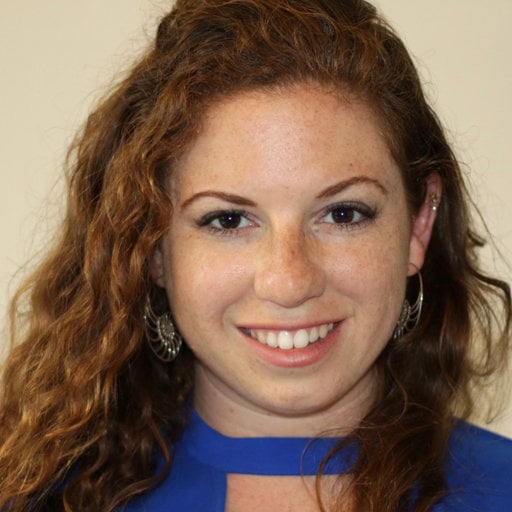
Antonella Wilby joins Oceangate
On one of the dives (referred to as "dive 80"), a loud bang was heard after the sub surfaced. The loud bang was dismissed as a piece of the exterior metal cradle shifting or popping back into place.
Corresponding with the time of the loud bang, there was also a sudden shift in both axial and radial strain data from the pressure hull.
The loud bang was brought up in the dive debrief by passengers, but was dismissed by Stockton because they weren't at the part of the meeting to discuss surfacing.
Every subsequent dive showed an increased activity from the acoustic sensors, indicating that more carbon fiber filaments were breaking than usual.
source: Steven Ross's Testimony
source: Fred Hagen's testimony
source: Antonella Wilby's Testimony



Antonella Wilby continues to pursue answers about the loud bang and shift in strain gage data and other safety issues, but when she raises concerns she is told that she doesn't "have an explorer mindset" and is sent home.
source: Antonella Wilby's Testimony



Antonella Wilby leaves Oceangate
Tym Catterson, an independent contractor who had been sporadically working with Oceangate since they acquired the Antipodes, was present for the final set of dives. The final dive was the first meaningful dive they'd made of the season due to bad weather, and it was the first meaningful dive after the submersible was left outside on a freezing dock for several months. He was also present for the search and rescue part of the mission. Part one of his testimonial covers his first-hand perspective.
source: Tym Catterson's testimony, part 1